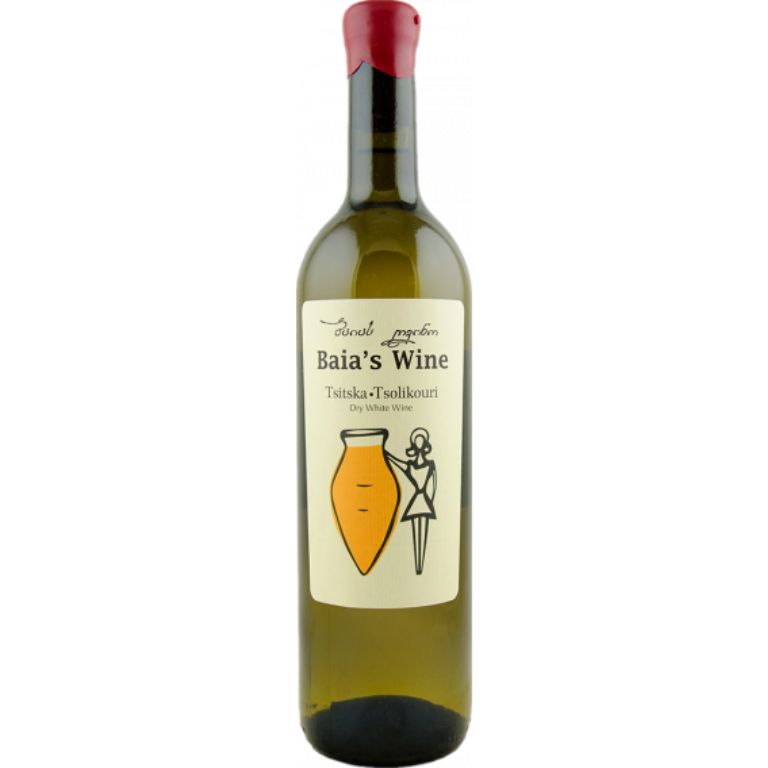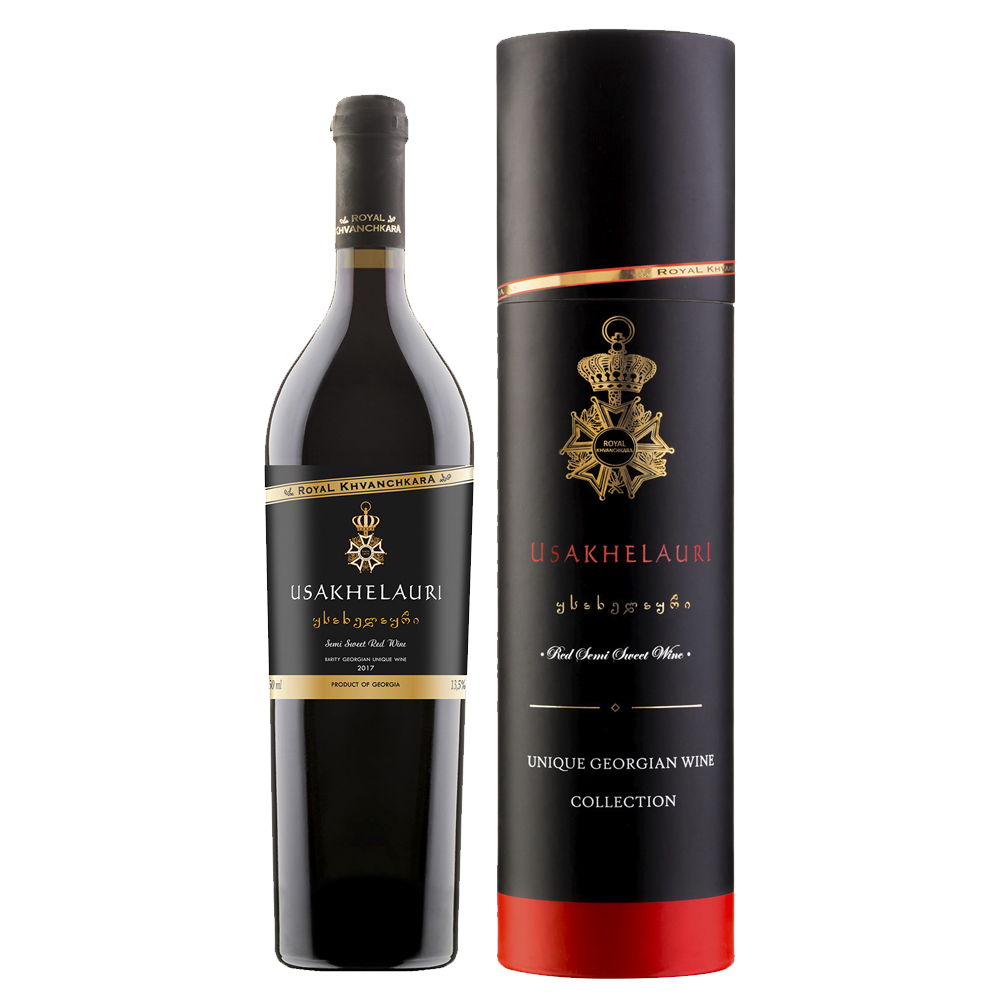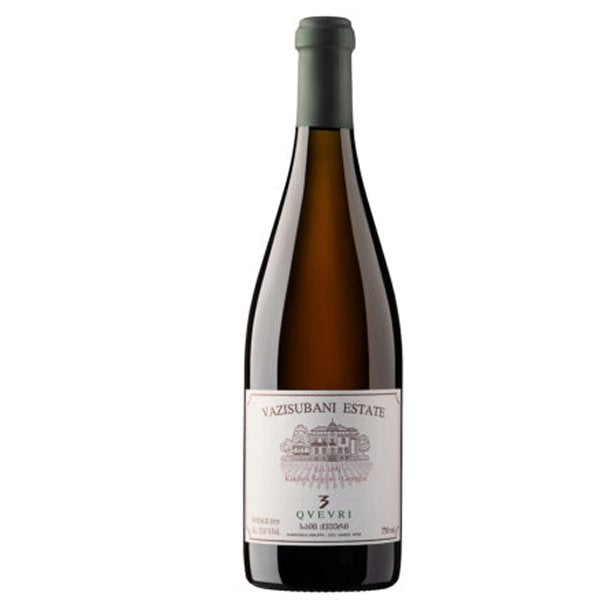



What are they?
Qvevri are traditional Georgian handmade terracotta egg-shaped vessels used for the fermentation, ageing and storage of wine. Around 10% of all wine produced in Georgia is made in qvevri. Archaeological excavations in Southern Georgia have found qvevri containing seed pips dating back to 6000 BC. The word ‘qvevri’ literally means ‘that which is buried’. The qvevri are buried in the earth with only the neck showing above ground. Qvevri are installed in the ‘marani’, a wine cellar.
What are they made from?
The clay from which qvevri are made is sourced from different parts of Georgia. There is almost a clay ‘terroir’ and the mineral composition of it is very different in Western Georgia to that in Eastern Georgia.
How are they made?
There are currently around five qvevri producing families in Georgia. It is master art that is passed down through generations. Each maker can only produce around sixteen qvevri in a year, so the waiting lists for new qvevri are long. The United Nations placed this craft of qvevri making on the UNSECO Intangible Cultural Heritage List in 2014, such is its importance in the history of winemaking. Qvevri making is seasonal, as the harvest ends, the qvevri making season starts.
They are made using the coil method of making pots, long sausage like pieces of clay are coiled round to make the lemon or egg like shape that is unique to qvevri. New qvevri are started in winter during the damp and cold months with each coil of clay moulded and dried. One maker can be working on up to ten qvevri at a time. The qvevris are then fired in the warmer, drier weather. They are fired at 1000 degrees, a much lower temperature than a typical kiln, this lower temperature makes them porous. The qvevri are coated on the inside with beeswax which gives them a natural waterproofing and also gives them sterilizing properties. They are coated on the outside with a lime wash to protect them. Qvevri can vary in size and have a capacity for holding between 400-4000 litres of liquid.
How do they work?
The crushed grape juice is poured into the qvevri including the skins, seeds and stems and then fermented for anything from just 3 weeks up to 8 months, dependent on the wine. The qvevri adds depth, colour, complexity, and flavour to the wines which make them unique. Famous for creating amber or orange wines with grape varieties such as Rkatsiteli, Mtsvane, Tsitska and Kisi that are dry and full bodied, red wines can also be produced in qvevri such as Saperavi giving them aromatic depth and intense dark ink colour.
By surrounding these vessels in earth, it keeps the fermenting wine at a constant cool temperature. They are pointed at the bottom to collect sediment from the wine making process, the egg or lemon shape aids the fermentation process by promoting circulation of the juice. The shape also adds a natural filtration process. By leaving in the seeds and skins and sometimes the stems (or proportion of the stems) the wine is thought to be more stable during fermentation which leads to less intervention and the need for any additives. The qvevri protect the wine against oxidisation.
Cleaning qvevri is hard work, and physically demanding but it’s essential that they are kept clean from bacteria. They are cleaned with lime water and scrubbed, rinsed with cold water, then rinsed again with 60-degree water and then sulphur may be burnt inside. Qvevri can last for many, many years and are not replaced very often but they are relined. Cleanliness is key to keeping qvevri lasting for many years.
We have several qvevri wines some with just a few weeks in qvevri such as the Baia wines and some with several months such as the Vazisubani Estate wines. Why not give them a try?
Photography credits:
Main image – Vazisubani Estate – Marani Cellar
- Danilo di Salvo
- Baia Abuladze – Baia’s Wine
- Miles Willis courtesy of Georgian Wine UK
- Vazisubani Estate




















